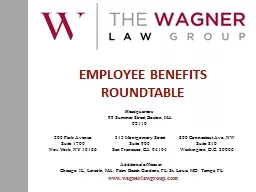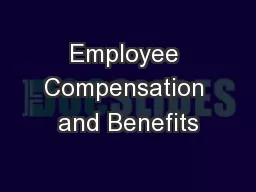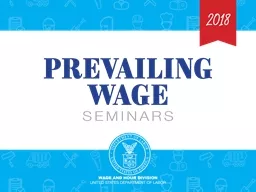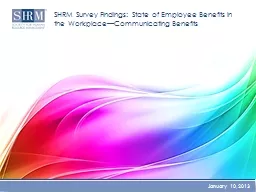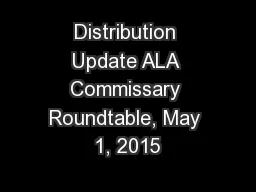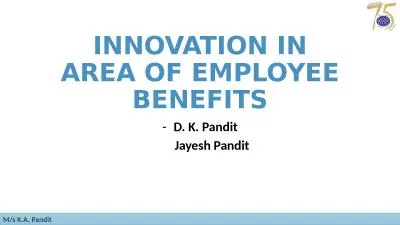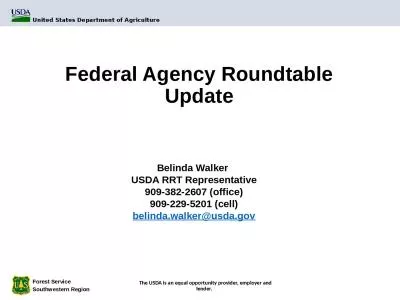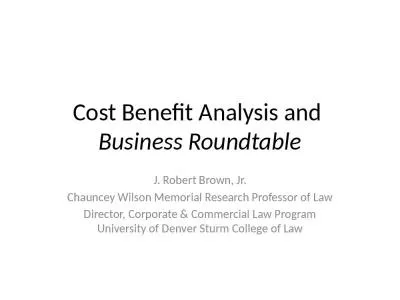PPT-EMPLOYEE BENEFITS ROUNDTABLE
Author : kampsta | Published Date : 2020-10-22
Headquarters 99 Summer Street Boston MA 02110 200 Park Avenue Suite 1700 New York NY 10166 315 Montgomery Street Suite 900 San Francisco CA 94104 800 Connecticut
Presentation Embed Code
Download Presentation
Download Presentation The PPT/PDF document "EMPLOYEE BENEFITS ROUNDTABLE" is the property of its rightful owner. Permission is granted to download and print the materials on this website for personal, non-commercial use only, and to display it on your personal computer provided you do not modify the materials and that you retain all copyright notices contained in the materials. By downloading content from our website, you accept the terms of this agreement.
EMPLOYEE BENEFITS ROUNDTABLE: Transcript
Download Rules Of Document
"EMPLOYEE BENEFITS ROUNDTABLE"The content belongs to its owner. You may download and print it for personal use, without modification, and keep all copyright notices. By downloading, you agree to these terms.
Related Documents

